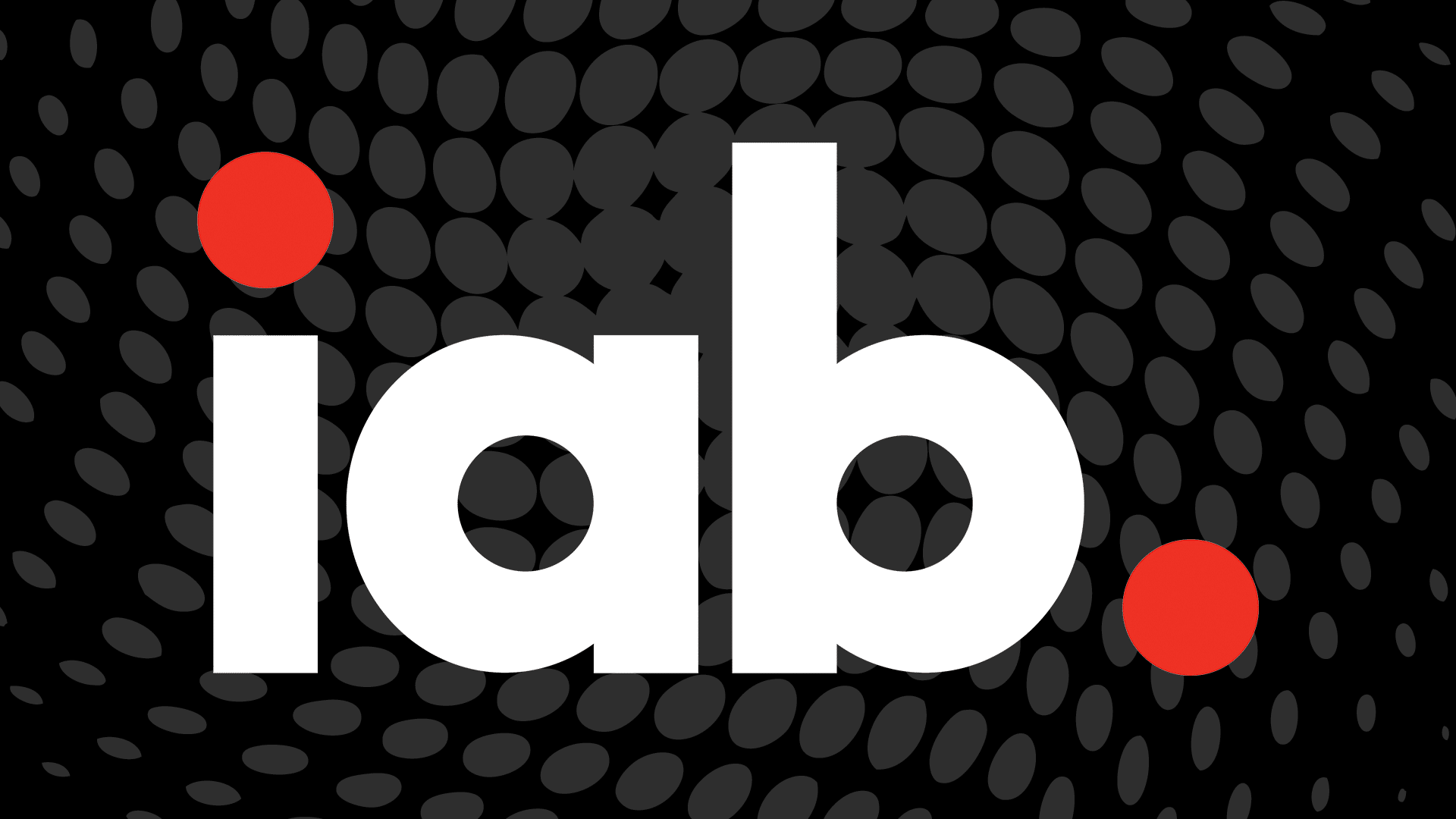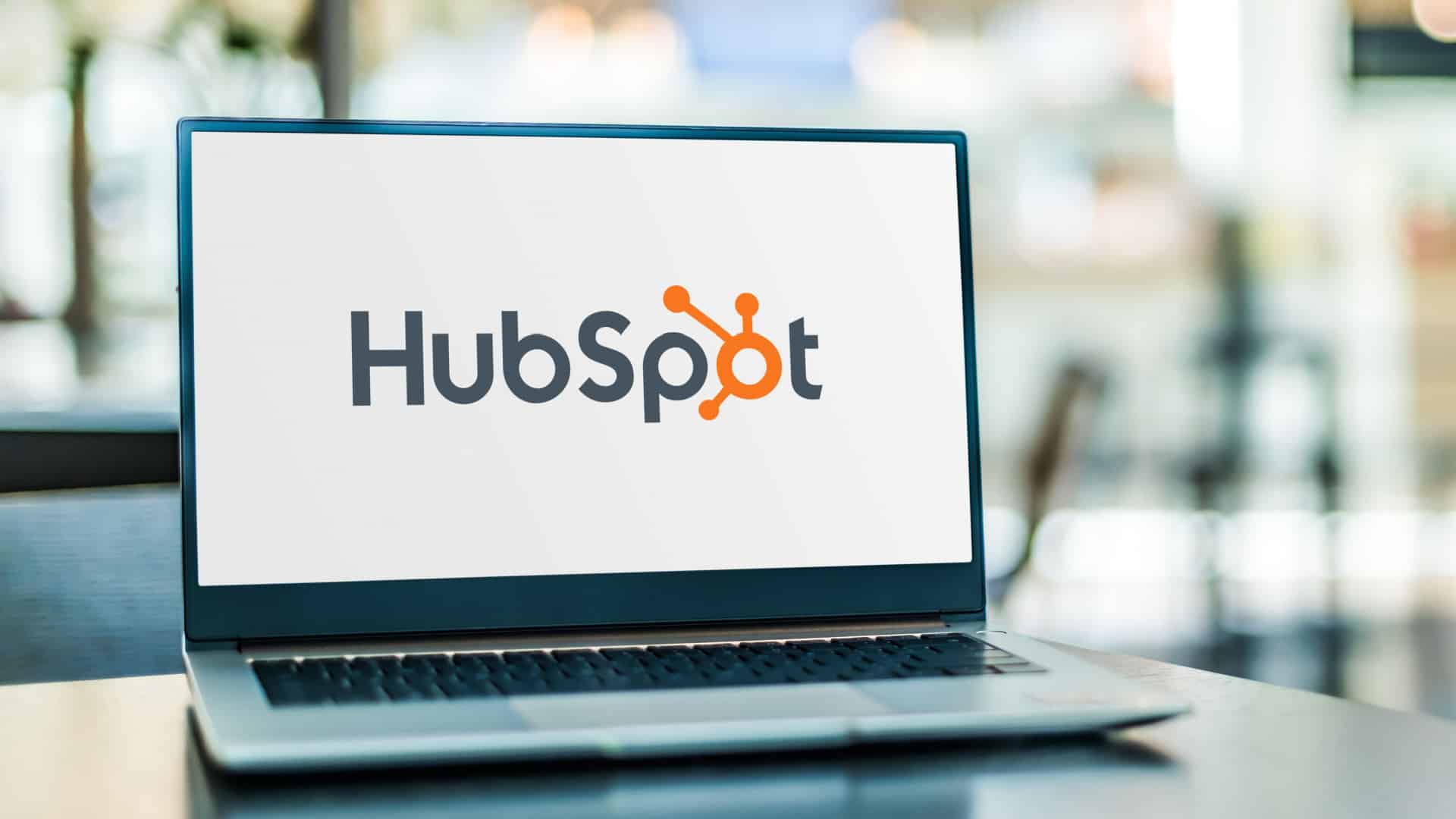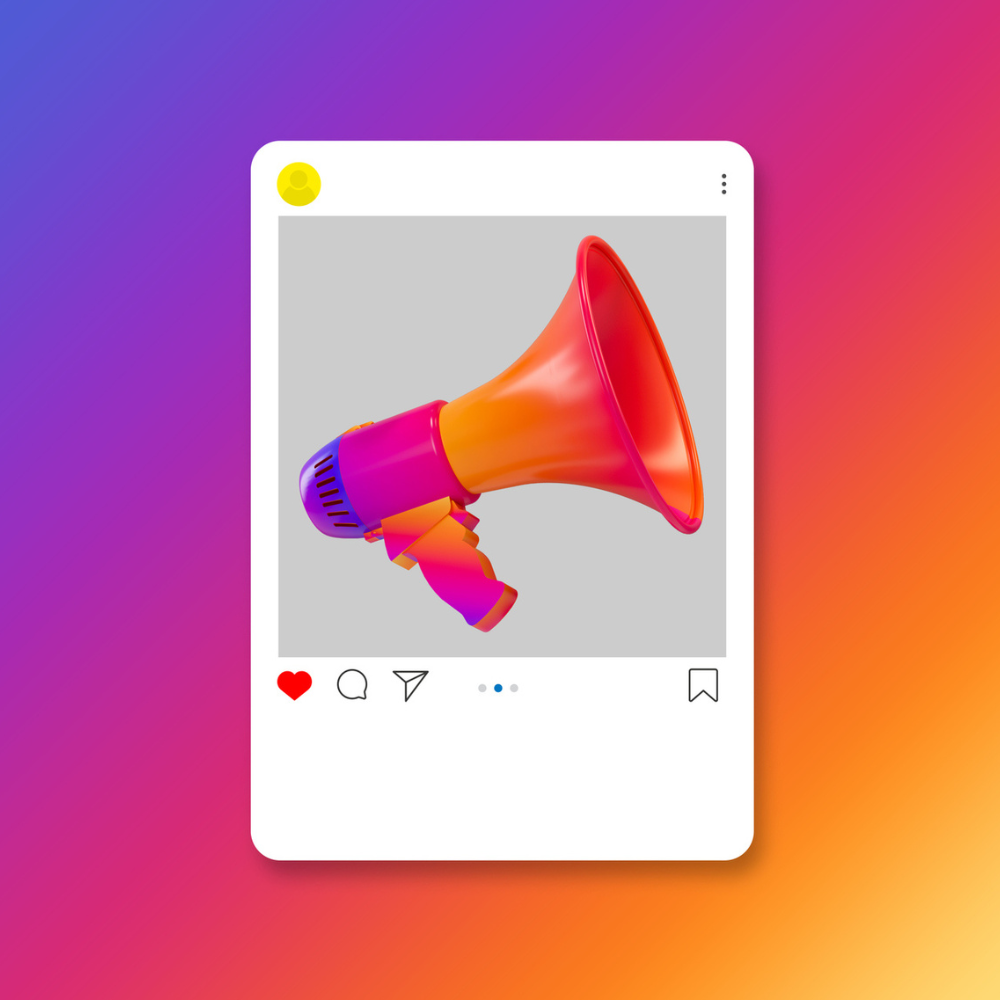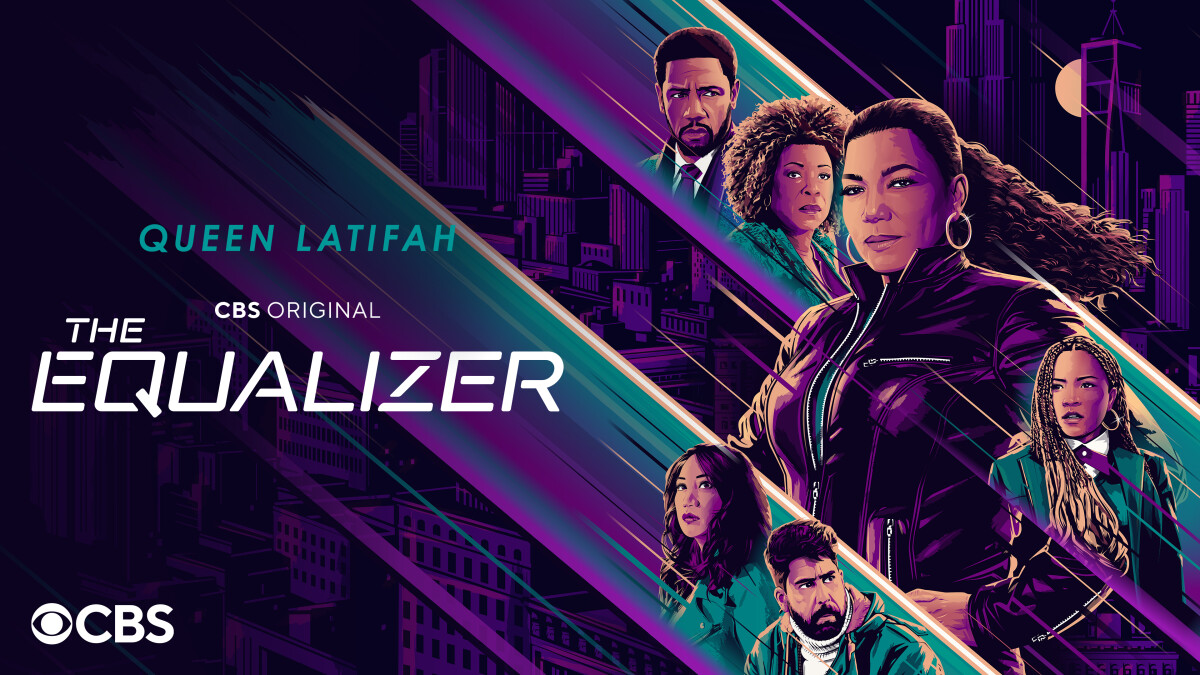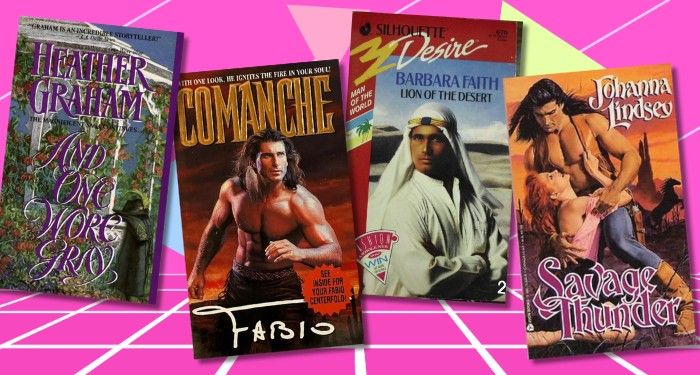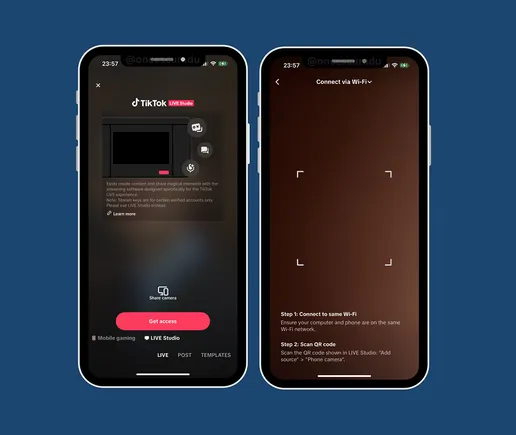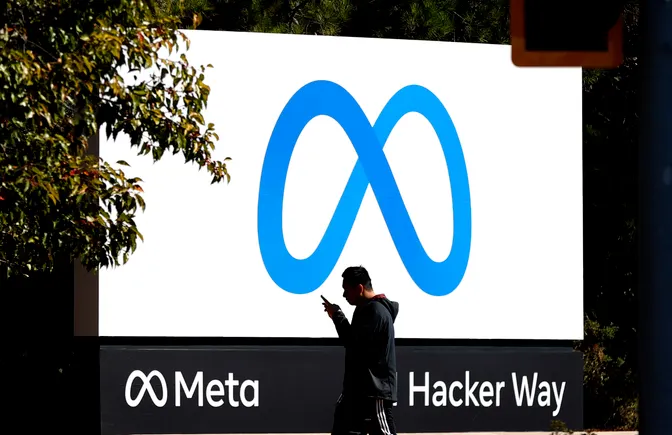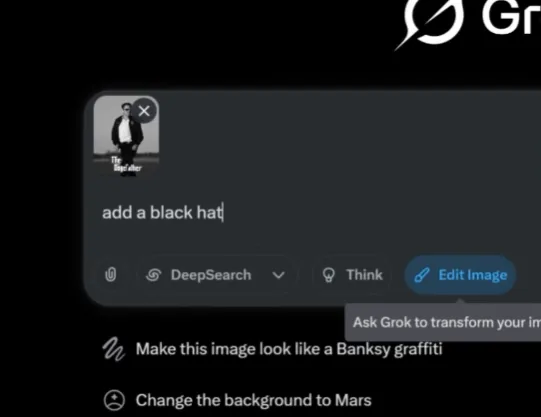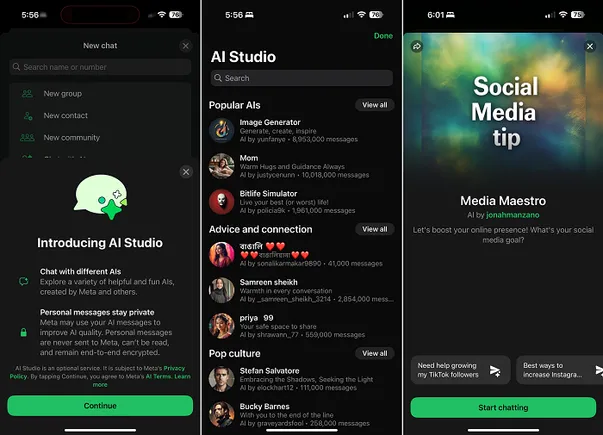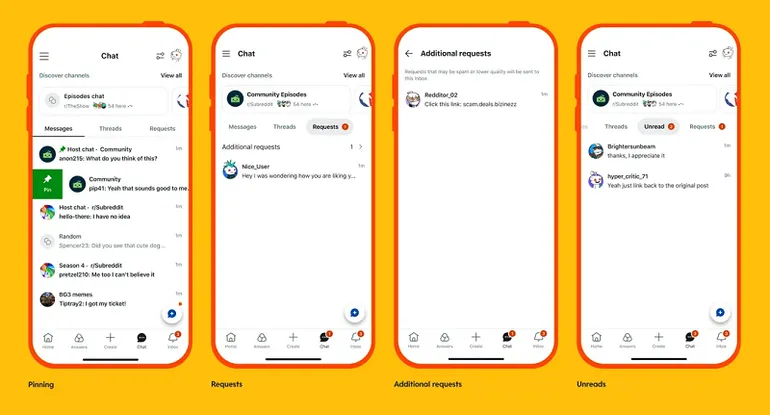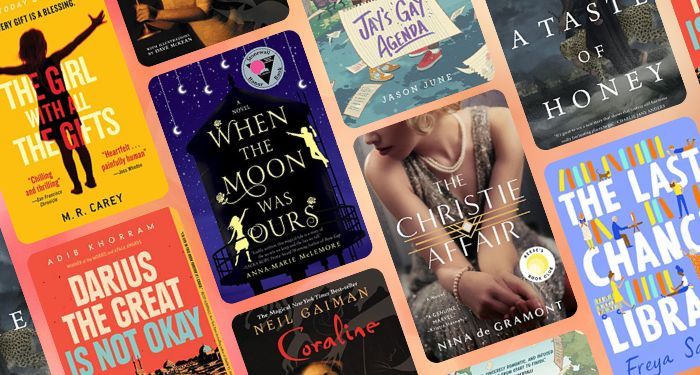Developing an effective B2B marketing automation plan will require time and effort. However, once it’s up and going, it may significantly influence mid and small enterprises by handling the heavy lifting for their sales funnel.
You’ve come to the right site if you want information on marketing automation for b2b. According to official B2B Marketing statistics, 51% of businesses already use automation to boost their marketing tactics. Furthermore, 58 percent of companies are likely to follow suit shortly.
Whether you’re looking to improve your current approach or start from scratch, this article will teach you five distinct B2B marketing automation tactics that will help you increase your sales. But before that, we should understand B2B marketing automation.
Defining B2B Marketing Automation
Marketing automation is a broad term for any software that automates the planning, execution, and analysis of marketing operations or workflows. These solutions take repetitive activities off your plate, allowing you to focus on more creative thinking and problem-solving. Three components are necessary for most marketing automation solutions:
- Central Marketing Database
One location where you may keep all of your marketing and customer data, including recordings of consumer interactions and activity. Any data your sales or marketing teams require should be accessible from this location.
- Engagement Marketing Engine
The environment in which you manage your marketing campaign, including content creation and testing, automated process development, customer conversation tracking, and consistency across several channels.
A tracking method, analyzing and assessing the results of your marketing efforts to enhance and maximize your return on investment.
A marketing automation solution can execute various tasks once these components are in place. Some of these functions are gathering marketing analytics, sending targeted messaging based on that data, growing your brand through automated social media postings, and optimizing complex procedures.
These features make a big difference for B2B salespeople, where lead qualifying is critical. Because the sales process is lengthier and involves more steps than a typical B2C purchase, automating portions saves time and money.
B2B Marketing Automation Strategy: How Does It Work?
Some activities can be entirely or partially automated during the buyer’s journey. Artificial intelligence, machine learning, and other data-driven solutions can automate even the most complicated operations. Here are a few examples of typical B2B marketing automation applications:
- Lead generation
- CRM integration
- Lead nurturing
- Prediction and scoring
- Email marketing
- Social media marketing
- Landing pages and forms
- Upselling and cross-selling
- Referrals
- Onboarding
- Customer retention
- Marketing analytics
2021 Marketing Automation Strategies to Use
Using automation, you may align your sales and marketing efforts. It’s important to note that the terms “marketing automation” and “sales automation” are not interchangeable. However, the two processes must be on the same page to work together. In the past, aligning sales and marketing automation has proven difficult. However, effectively adopting both for your firm is critical.
Proper segmentation is key to achieving alignment and ensuring that leads don’t fall through the cracks. Remember that aligning these two distinct processes can be challenging without segmentation. Fortunately, using CRMs to accomplish this in 2021 has never been easier.
- Your Campaigns Can Be Automated
For your campaigns to succeed, you’ll need to automate them. Everything should be automated from when the lead lands on your landing page to when they read the indoctrination email in your nurturing sequence. This will assist in maintaining a continuous flow of inbound leads.
Automated social campaigns can also help you acquire relevant social data while speeding up your reaction time. This information can assist you in better understanding your clients and improving your targeting.
- Conversational Messaging And Chatbots
B2 B marketers may overlook the advantages of introducing chatbots into a B2B messaging strategy. Previously assumed to be exclusive to B2C marketers, new technology can help B2-B teams achieve faster reaction times. They can also help influential executives at other organizations make shorter selections by swiftly supplying them with the product information they need to make purchasing decisions.
Bots have been renamed “conversational marketing” tools recently. This could be just what they need to gain acceptance as a critical component of B2B marketing automation.
- AI And Automation Boost Email Marketing
It’s no secret that email marketing automation is widely used as a best practice in the business. That has been the case for a long time. AI, on the other hand, is quietly transforming email marketing best practices. Developers employ AI to strengthen existing tactics and processes rather than taking over email, as some marketers predicted. Using AI as a synergistic boost for your email marketing automation is more sensible than seeing it as a panacea.
You can, for example, create rule-specific engagement tactics to help buyers go through the customer experience. Messages that respond to customer experience stages, such as abandoned carts or customer loyalty milestones, can be easily put up by your firm. This is beneficial because it creates a simple chain reaction that leads your clients to the appropriate spot at the right moment to make a purchase. Isn’t it, after all, the true goal of email marketing?
The Importance of Social Media Data
It’s easier to target prospects based on their unique behavior when you automate your social media. When your marketing automation collects social media data, better lead scoring, lead nurturing, and lead attribution programs are created.
Social data is more critical than ever because of the increased use of social media during the epidemic. Data collected on social media while users look for new material can give you a more accurate picture of your consumers’ demands. When we return to “business as usual,” marketers will face a slew of new diversions that have been put on hold owing to quarantine and stay-at-home health guidelines.
- Customer Experience Personalization
Automation entails more than just employing robots to free up human resources. Your organization can use automation to develop targeted marketing for your prospects if done correctly. Personalized content, emails, offers based on previous purchases, and adverts based on demographics are examples of this.
Whether it’s a personal touch from an employee or an automated personalized email greeting, personalization has been proved to increase conversion rates across the board. As a result, the user experience has improved.
Conclusion
Marketing automation is well intended to take advantage of data, a big part of what drives excellent marketing these days. You’ll gain more efficiency, income, and, most crucially, more time if you use marketing automation to help with the eight essential operations listed above.
Timely delivery of customized content at essential points in the B2B buyer journey might mean the difference between missing an opportunity and closing a significant transaction. The proper automation solution can assist you in capturing these moments and maximizing your marketing ROI.













